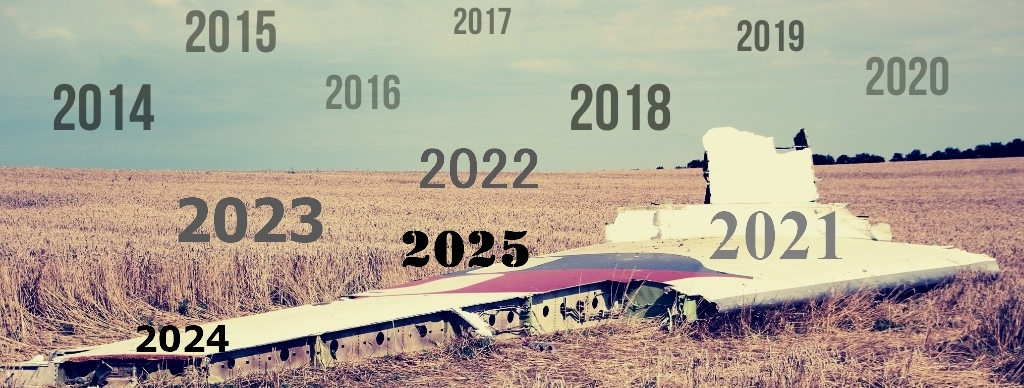Appendix A | 5 / 9
A.1.3 Design II, terminal velocity 730 m/s
The simulation result is shown in Figure A.4. The most favourable warhead position
and orientation fulfils the match conditions.

Figure A.4: Impact pattern (above) and corresponding fragment trajectories (below) of warhead design II,
velocity 730 m/s, position [0.0 m, -2.0 m, 3.7 m], orientation [-27°, 10°] and number of hits 1186











